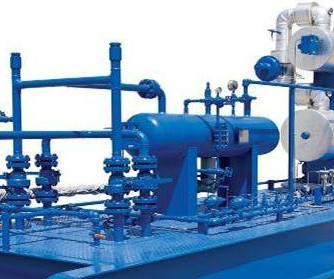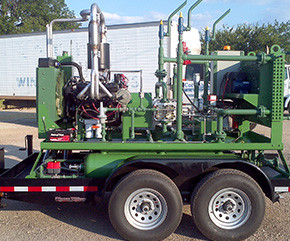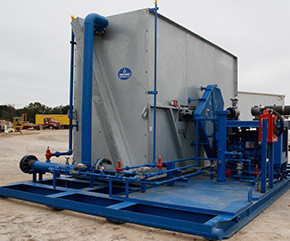What’s Changed in Natural Gas Dehydrators
Pro-Gas Services
JULY 20, 2025
Early Refrigeration Methods Another early technique involved cooling the natural gas stream to condense the water vapor. By reducing the temperature of the gas, water would condense into a liquid form, which could then be separated and removed. The condensed liquids are then separated from the dry gas.











Let's personalize your content